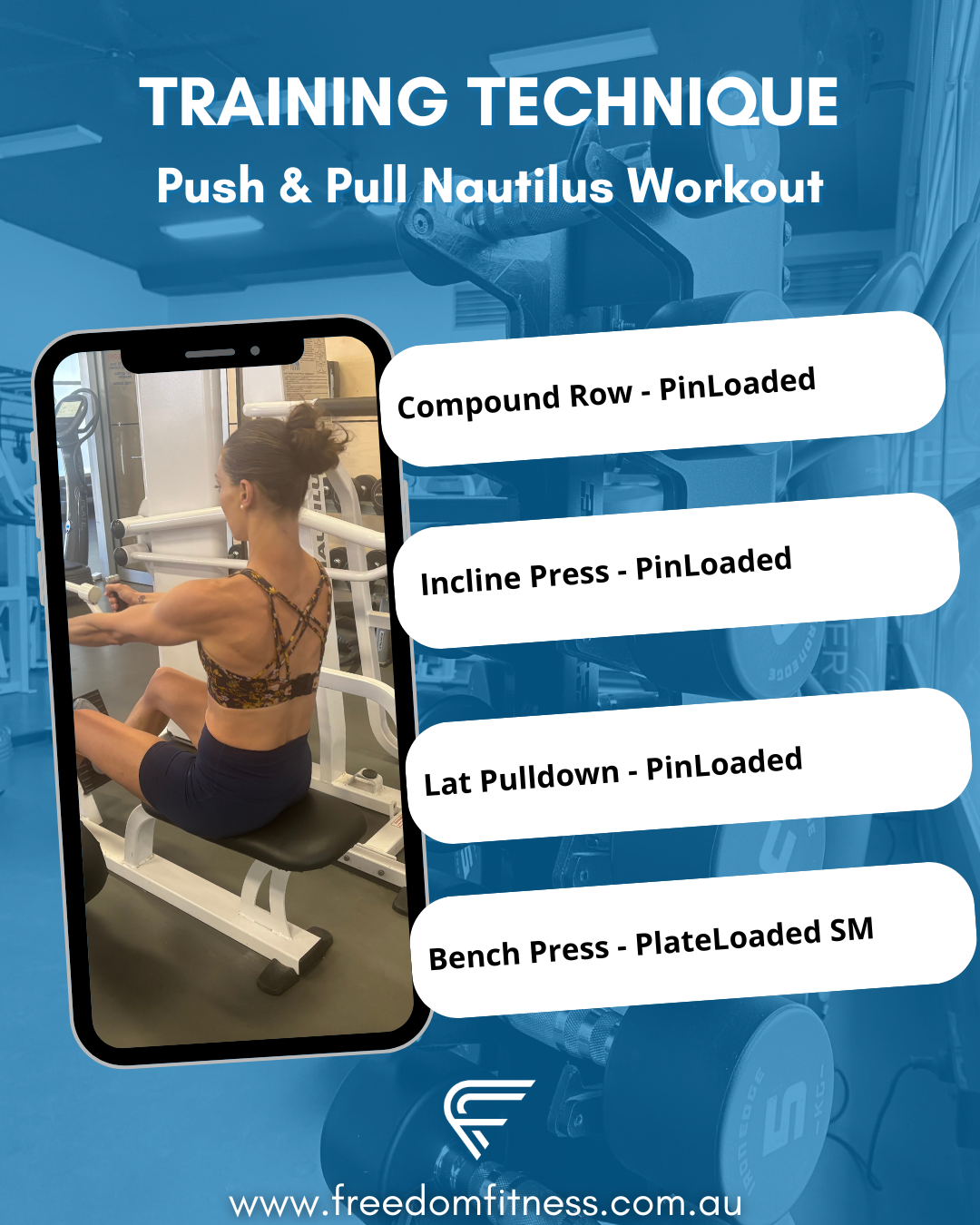July 27, 2020
Zone 2 Training

Ingredients 2 tsp lime rind, finely grated 1 tbsp no-added-salt tomato paste 1 tsp smoked paprika 1/2 tsp dried chilli flakes 1 garlic clove, crushed 60ml (1/4 cu p) fresh lime juice 2 (200g eac h) chicken breast fill e ts, halved horizontally 2 bunches asparagus, trimmed, sliced 150g (1 cup) frozen baby green peas 150g sugar snap peas, trimmed, sliced 2 tsp olive oil 1 tsp maple syrup 1/2 cup fresh mint leaves, chopped 155g (3/4 cup) tri-coloured quinoa, cooked 1 tbsp sunflower-seed kernels, toasted, to serve Instructions Step 1 Combine rind, tomato paste, paprika, chilli, garlic and 2 tbs lime juice in a glass or ceramic dish. Add chicken. Turn to coat. Cover. Place in the fridge for at least 30 minutes to marinate. Step 2 Place asparagus, peas and sugar snaps in a steamer set over a saucepan of simmering water. Cover. Steam for 2 minutes or until just tender. Refresh under cold running water. Drain. Place in a large bowl. Step 3 Preheat a chargrill pan or barbecue flat plate over medium-high heat. Spray with oil. Drain chicken. Grill for 2-3 minutes each side or until cooked through. Thinly slice. Step 4 Combine the oil, maple syrup and remaining lime juice in a bowl. Add the chicken, mint and quinoa to the greens. Add the dressing. Toss to combine. Season. Sprinkle with sunflower seeds. Nutrition and Cooking Times Prep time: 50 minutes | Cook time: 20 minutes | Serves: 4 Nutrient Value: Calories: 273cal | Protein: 30.5g | Fat: 6.1g | Carbohydrates: 25.9g - Sugars 8.2g


